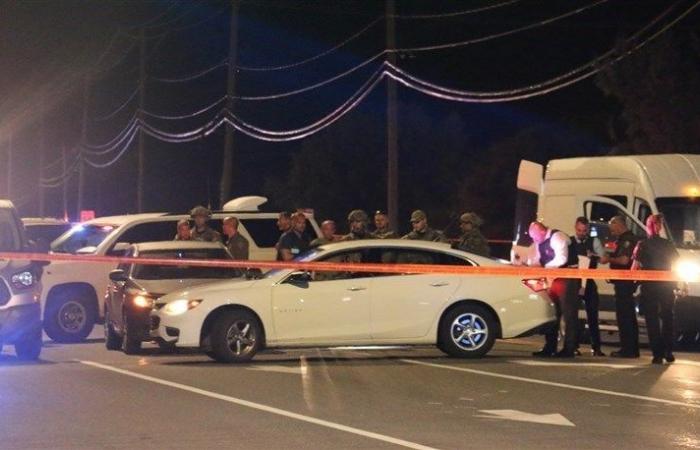This Wednesday, November 6, at the Saint-Joseph-de-Beauce courthouse, the trial of Marco Rodrigue, accused of attempted murder against Sûreté du Québec agent Catherine Giroux, reached the pleadings stage.
For the defense, represented by Me Cozak, the heart of the debate rests on two questions: what happened on the side of Highway 73 and Mr. Rodrigue’s intention. According to him, inconsistencies remain between the agent’s testimony and the accused’s statements, in particular on the fact that no photo of the latter was shown to him at the time, raising doubt about his identification.
On the alleged intention to kill, Mr. Cozak argued that the evidence does not clearly establish this intention. He recalled that Mr. Rodrigue, although he admitted to having fired, claimed not to have seen the victim during the shooting. According to the defense, this gesture was intended more to intimidate than to injure, suggesting armed assault rather than attempted murder.
For her part, Me Harbour, in charge of the prosecution, compared the evidence to a puzzle where each piece, well assembled, designates Mr. Rodrigue as the author of the facts, according to her. She noted that the descriptions of the accused and his vehicle by the officer and witnesses match. According to her, the shell casings found in the accused’s vehicle reinforce the incriminating facts.
The prosecution believes that the shooting was deliberately aimed at causing death and not simply to intimidate. Mr. Harbor noted the trajectory of the bullets and the change of weapon during the incident as indications of a serious intention to cause serious harm.
Me Harbor also pointed out the non-verbal behavior of the accused during the interrogation, which she describes as detached, which, according to her, supports the idea of murderous intent. For her, the intention to kill must be interpreted based on all the circumstantial evidence.
Finally, the prosecution ruled that shooting twice, aimed at the vehicle and not the tires or the engine, reflected a desire to cause harm more than to avoid a pursuit.
Recommendations to the jury
Mr. Harbor encouraged the jury to examine all the facts and testimony to judge Mr. Rodrigue’s guilt, recalling a possible motive linked to his history of conflicts with the police and his annoyance with traffic stops.
Me Cozak, for his part, insisted on caution and reminded the jury that the intention to kill had never been clearly expressed by his client. According to the defense, Mr. Rodrigue acted with the aim of fleeing rather than injuring, and not to kill.
The judge, for his part, recalled the importance for jurors to take into account all the evidence, testimony and circumstances surrounding the event, while respecting the presumption of innocence.
The jury is now sequestered for an indefinite period to evaluate the arguments of both sides. The latter will have to render a unanimous verdict, which will establish whether Mr. Rodrigue is guilty of the charges with which he is charged, namely, attempted murder against Catherine Giroux with a firearm as well as possession of firearms. fire for dangerous purposes.
The trial will resume when the jury is ready to present its verdict. Then, it is Judge Louis Dionne who will determine the sentence, if there is to be a sentence.
Also read
Trial of Marco Rodrigue: the crime scene detailed by experts
Trial of Marco Rodrigue begins for attempted murder of a policewoman
Shooting of a policewoman: testimony of a colleague and presentation of photos






